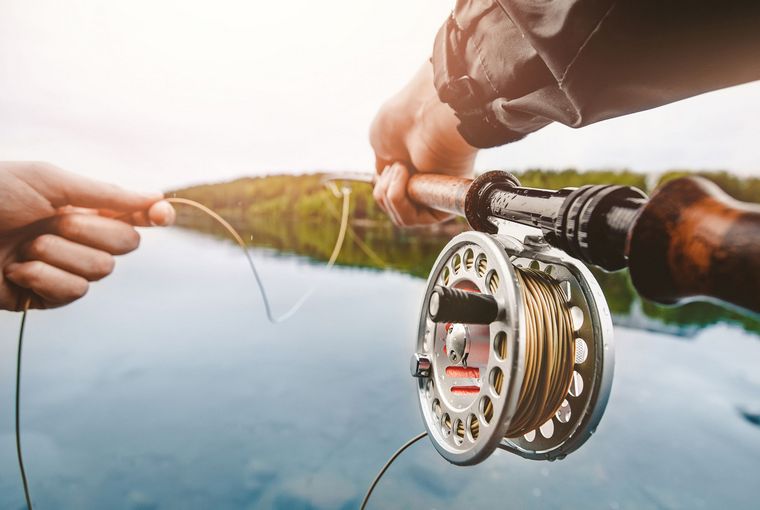
To better understand what fly lines suit your needs, here is a breakdown of a typical fly line, its purpose, and how it will help you present a fly.
Why are fly lines tapered?
The principles behind fly casting and conventional tackle casting are the same. A weight is used to load or bend a rod and energy is released creating the cast. A lure is the weight used with a spinning rod and the line is along for the ride. The fly line is the weight in fly casting and generally the fly is along for the ride. The taper profile will determine how abruptly or smoothly the energy transition turnover happens.
To understand lines, you need to think of the overall design.
The three key parts
The back taper is at the rear of the head, and it’s there to make a smooth transition between the body/belly of the line and the running/shooting portion of line.
The body of the line is the thickest part of the system. It has the most weight, and can be short, 35 feet, or long, 55 feet, which is common in distance-tapered lines. Its weight loads the rod, and the more belly you have in the air while casting, the deeper you will load (bend with energy) the rod. If distance is your goal, this assists you in achieving it.
The front taper , in my opinion, is the most important part of the line. It’s the business end and it will determine the presentation of the fly. It is where you attach a leader. The design and taper will give you what you need for a delicate presentation, like casting a dry fly, or a forceful presentation, like chucking a bass bug.

A long front taper is what is usually on a dry-fly line. It’s designed to have the energy dissipate over a longer distance. This taper married to the correct leader design will land a fly like a natural insect on water. It’s great for delicate presentations, but not great for casting bulky, heavy flies.
If your leader collapses on your delivery cast, it can only be because there isn’t enough energy in the line, the front taper of the fly line is too long, or a poor leader design. I could add poor casting, but I know you read my column on casting, so that’s not the case.
A shorter front taper is designed to deliver the energy to turn over a heavy fly and weighted leader or a combination of both. If we look at what is called a bass or pike taper, you will see that the front taper is short. You don’t need to have a tapered leader — a piece of straight mono with or without wire tippet (for fishing pike or muskie) and the fly line front taper will have enough energy to turn it over.
Matching your line to the rod and figuring out what taper you need can be tricky. Unfortunately, there is not one line that will do it all, or do it all well, but manufacturers have made the selection process a bit easier by labeling lines for specific needs, such as trout dry fly, trout nymph, or bass, pike, and muskie.
Then and now
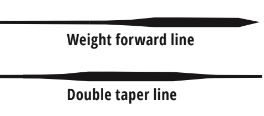
Until the 1970s, the standard line profile was level with limited tapers at both ends, called a double taper. It works, but doesn’t offer a lot in terms of functional variety.
In the early ‘70s, manufacturers started moving away from double tapers towards weight-forward lines. There is still a strong debate over which is better.
My Line picks
Value-priced, all-purpose
Simple, no-frills, weight-forward floating lines for throwing dry flies, nymphs, and streamers. They meet the overall needs of the average and novice angler at an entry-level price.
- Airflo Velocity, Forge
- Rio Mainstream Trout WF
- Scientific Anglers Aircel Trout
Streamers
Featuring short, powerful front tapers, these lines are designed specifically to cast large and heavy flies — perfect for tossing big streamers on Ontario rivers for trout and smallmouth bass.
- Airflo Streamer Max (Shovelhead, Long, or Short)
- Rio Intouch Big Nasty, Big Nasty Sink Tip
- Scientific Anglers Sonar Titan Sink Tip, Sonar Sink 25 Cold
Bass, muskie, pike
Like the streamer lines, these are designed to cast big bulky flies in larger line weights, and will perform well on any big-fish waterbody from the St Lawrence River to Lake of the Woods.
- Airflo Streamer Super-Dri Bass & Muskie
- Rio Intouch Pike/Muskie
- Scientific Anglers Sonar Musky

Rick Whorwood is one of only two Master Single Hand and Two Hand Casting instructors with the International Federation of Fly Fishers in Ontario. He has spent many years teaching novices and experts alike. Reach Rick at mail@niteowldev.com.
Originally published in Ontario OUT of DOORS’ 2020 Fishing Annual.


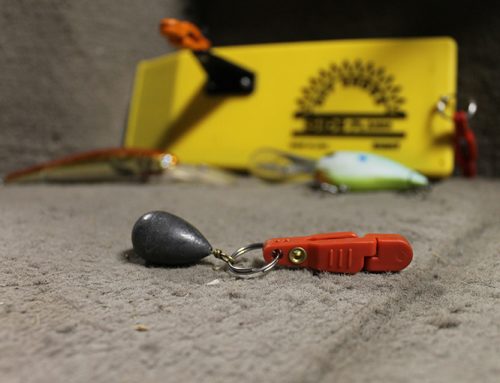
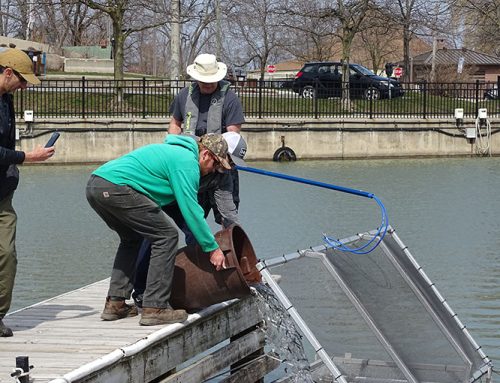
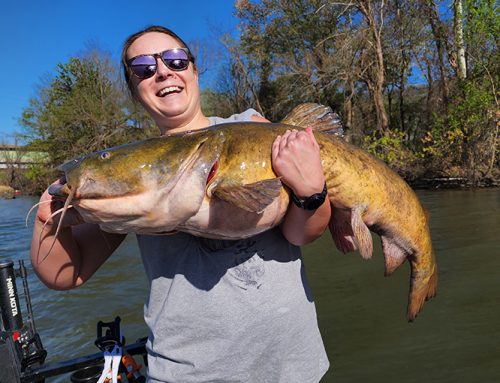
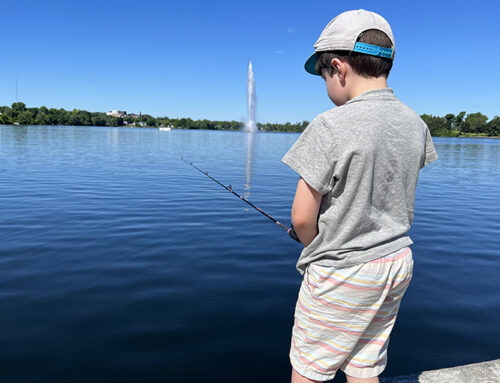
Leave A Comment